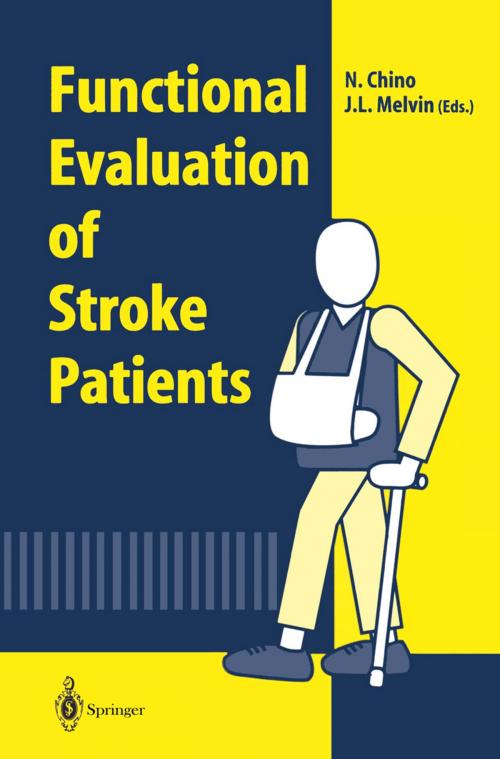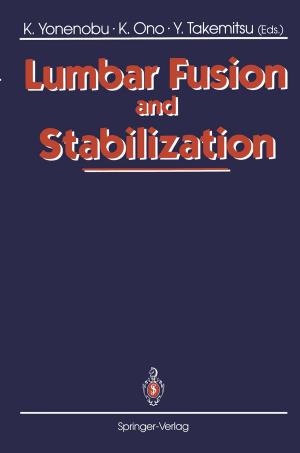Functional Evaluation of Stroke Patients
Nonfiction, Health & Well Being, Medical, Specialties, Internal Medicine, Neurology| Author: | ISBN: | 9784431684619 | |
| Publisher: | Springer Japan | Publication: | December 6, 2012 |
| Imprint: | Springer | Language: | English |
| Author: | |
| ISBN: | 9784431684619 |
| Publisher: | Springer Japan |
| Publication: | December 6, 2012 |
| Imprint: | Springer |
| Language: | English |
Stroke is one of the major causes of disability in the world. Consequently, an effective rehabilitation regimen is the goal of specialists working in the field worldwide. The implementation of rehabilitation programs for the stroke patient is broad in scope and requires, first of all, an objective scientific evaluation method. In 1980 the World Health Organization developed the International Classification ofImpairments, Disabilities, and Handicaps. It categorized impairments and disabili ties on the basis of functional evaluation but took into account cultural and socioeco nomic factors when defining handicaps, thus making it difficult to use the same functional evaluation instrument for the three phenomena. In this monograph, experts in the treatment of stroke from Japan, the United States, and Europe share their ideas presented during the 31st Annual Convention of the Japanese Association of Rehabilitation Medicine held in June 1994. All the partici pants freely contributed their views on the functional assessment and prognosis of stroke patients. Indeed, their contributions shed light on possible breakthroughs in the future for the development of rehabilitation regimens for stroke patients.
Stroke is one of the major causes of disability in the world. Consequently, an effective rehabilitation regimen is the goal of specialists working in the field worldwide. The implementation of rehabilitation programs for the stroke patient is broad in scope and requires, first of all, an objective scientific evaluation method. In 1980 the World Health Organization developed the International Classification ofImpairments, Disabilities, and Handicaps. It categorized impairments and disabili ties on the basis of functional evaluation but took into account cultural and socioeco nomic factors when defining handicaps, thus making it difficult to use the same functional evaluation instrument for the three phenomena. In this monograph, experts in the treatment of stroke from Japan, the United States, and Europe share their ideas presented during the 31st Annual Convention of the Japanese Association of Rehabilitation Medicine held in June 1994. All the partici pants freely contributed their views on the functional assessment and prognosis of stroke patients. Indeed, their contributions shed light on possible breakthroughs in the future for the development of rehabilitation regimens for stroke patients.















